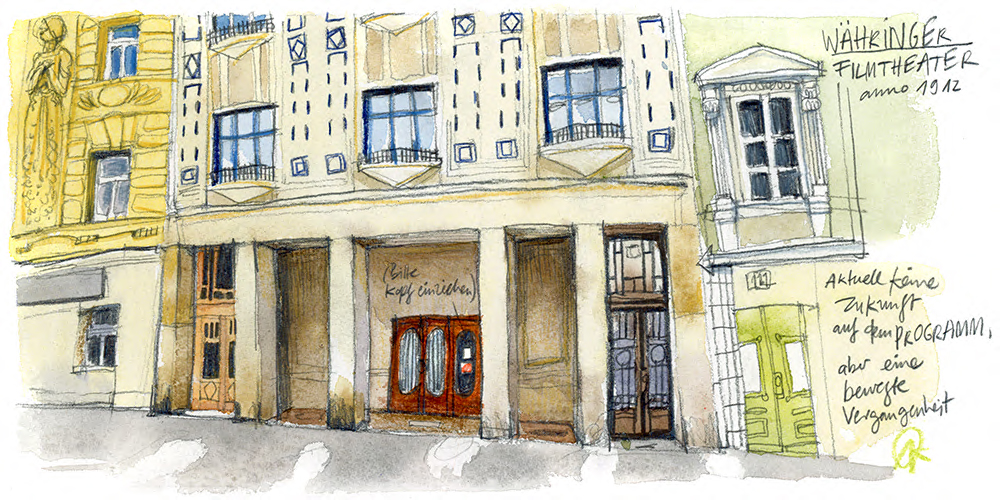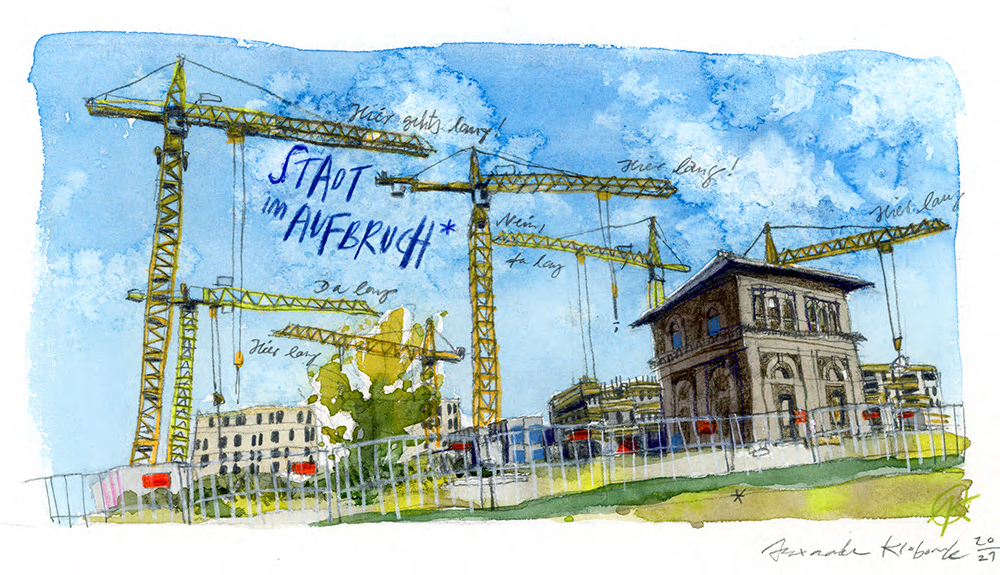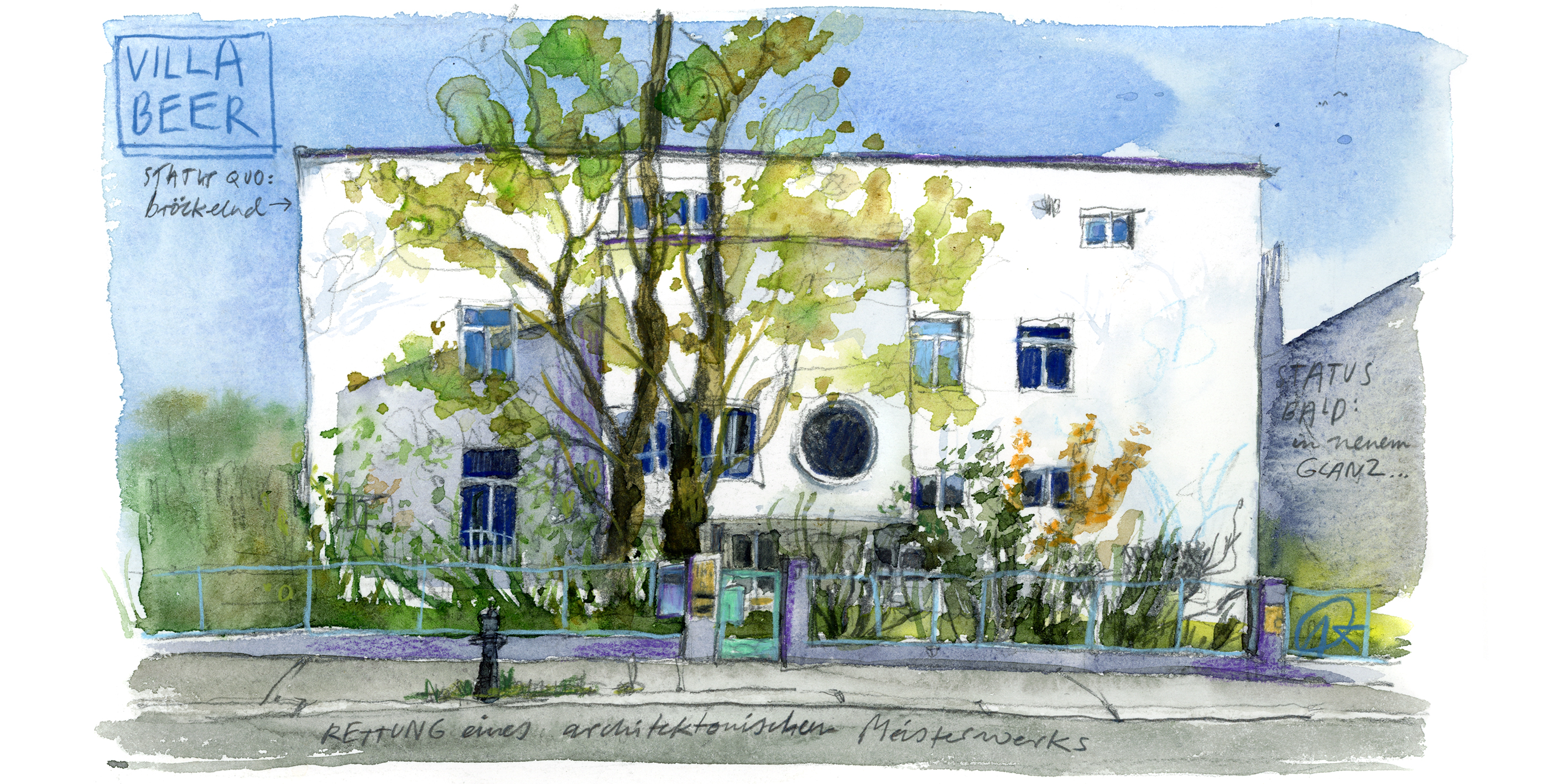
Text, Concept and Illustration
Die Portugiesische Küche Cookbook
A celebration of the Portuguese kitchen and culture and a feast for the eyes. Cooking is one of the most pleasurable forms of cultural exchange. Over 100 recipes introduce the diverse Portuguese kitchen, its rich past, present and future. Photography and illustration tell you how things are done, as well as the stories behind the dishes - of culinary refinement, the joy of cooking and of sharing.
None of the international team - neither me, the head of this experiment, to photographers or publishers had ever worked on a cookbook. It was very personal, nerve-wracking and wonderful.
Concept, Text, Illustrations: Alexandra Klobouk
Concept, recipes, text: Rita Cortes
Consultation, recipe contribution: Luis Ehlert
Graphic Design: Eva Gonçalves
Photography: Mariana Veloso, Ricardo Pereira
Coverlettering: Ulrike Jensen
Available at ︎ Verlag Antje Kunstmann
For more Portuguese kitchen, see my issue of ZeitMagazin
Die Portugiesische Küche Cookbook
A celebration of the Portuguese kitchen and culture and a feast for the eyes. Cooking is one of the most pleasurable forms of cultural exchange. Over 100 recipes introduce the diverse Portuguese kitchen, its rich past, present and future. Photography and illustration tell you how things are done, as well as the stories behind the dishes - of culinary refinement, the joy of cooking and of sharing.
None of the international team - neither me, the head of this experiment, to photographers or publishers had ever worked on a cookbook. It was very personal, nerve-wracking and wonderful.
Concept, Text, Illustrations: Alexandra Klobouk
Concept, recipes, text: Rita Cortes
Consultation, recipe contribution: Luis Ehlert
Graphic Design: Eva Gonçalves
Photography: Mariana Veloso, Ricardo Pereira
Coverlettering: Ulrike Jensen
Available at ︎ Verlag Antje Kunstmann
For more Portuguese kitchen, see my issue of ZeitMagazin













The cuisine of a country speaks volumes about its history, its people, its climate, its nature. My experience of Portugal cannot be separated from sharing meals with friends and strangers.
Food connects beyond borders and opens the hearts and mouths of those who previously knew nothing about Portuguese culture. This very personal book was created in collaboration with Rita Cortes, who introduced me to the secrets of the kitchen and its cooks. The combination of photography and drawing is an important means of sharing my personal encounter with Portugal and its people. Each page contains a tip for the unknown recipe or ingredience or an anecdote explaining the origins and legends of the respective recipe.
Recipe illustrations explain the route to the foreign dish and the handwritten text is the narrator's personal commentary on her journey of discovery through a new culture. The entire narrative and the lovingly elaborate execution aim to create closeness, to get the reader involved and invite them to discover for themselves. Despite the inexperience of everyone involved when it comes to making cookbooks, the relative unfamiliarity of Portuguese cuisine in Germany and the fast-moving nature of the cookbook market, the book is currently in its 5th edition.

Press reviews:
“Has what it takes to become a standard work.” NZZ-Online
“A wonderfully richly researched and expertly prepared book. All recipes are meticulously detailed and illustrated in a witty and informative manner.” Spiegel Online
Concept, Text, Illustration
Istanbul, mit scharfe Soße?
Istanbul — seen through the eyes of a foreigner who fell in love with the city and its fascinating people. Not a guide, but a mosaic of encounters and fragments of life of this vibrant, contradictory incredible place. When I made this book in 2008, in Germany there was a vast ignorance to Turkish culture, despite the Turkish community having lived here since the 1960s. I went to study in Istanbul to question my own stereotypes thanks to my Turkish friends I gained insights into IstanbuI life. These encounters I wanted to share with others who didn't get that chance. Illustrated stories were clearly best tool for that and so with this book I became an author and illustrator. As I drew and wrote about a culture I had only gotten to know, all texts are written in German and Turkish - for the book to be accessible to the people it is about.
Alexandra Klobouk: Concept, Text, Illustration
Available online ︎ and at your favorite bookshop.
Istanbul, mit scharfe Soße?
Bir gavurun Istanbul´u kesfi
Istanbul — seen through the eyes of a foreigner who fell in love with the city and its fascinating people. Not a guide, but a mosaic of encounters and fragments of life of this vibrant, contradictory incredible place. When I made this book in 2008, in Germany there was a vast ignorance to Turkish culture, despite the Turkish community having lived here since the 1960s. I went to study in Istanbul to question my own stereotypes thanks to my Turkish friends I gained insights into IstanbuI life. These encounters I wanted to share with others who didn't get that chance. Illustrated stories were clearly best tool for that and so with this book I became an author and illustrator. As I drew and wrote about a culture I had only gotten to know, all texts are written in German and Turkish - for the book to be accessible to the people it is about.
Alexandra Klobouk: Concept, Text, Illustration
Available online ︎ and at your favorite bookshop.

Supervised by Prof. Nanne Meyer and Prof. Alex Jordan at Berlin Weissensee School of Art




There are many ways to get to know a foreign country. For example, by looking at the things that matter to the people.
In Turkey, there are many things that are quite ordinary but are attributed a high value and great significance. Many have their own rituals, which are celebrated with great attention and precision. People take the time necessary for this. A few examples of these rituals and peculiarities can be found in this chapter.
Yabancı bir ülkeyi tanımanın bir çok yolu vardır. Örneğin, insanların çok önem verdiği şeylere bakmak gerekir. Çok sıradan olmasına karşın değer verilen fazla şey var Türkiye’de. Bir çok insanın büyük bir dikkat ve kesinlikle uyguladığı ritüelleri var. Bunlar için gereken zamanı ayırırlar. Bu bölümde bu ritüeller ve özelliklerden bir kaç örnek bulacaksınız.

If you want to understand Turkey a little, you should learn Turkish. At least a little bit. Because the language tells a lot about the history and mentality of the people.
Often, old customs are reflected in it; it is rich in imagery and poetic—and yet not so difficult. Since a large part of life takes place on the street, the volume is also significant. If you want something, you have to make yourself heard. And if you have something to offer, you advertise your goods loudly. Instead of looking for signs, you ask for directions—without hesitating to approach a stranger. This is even easier if you call them "brother." Türkiye hakkında bir şeyler öğrenmek isteyen Türkçe öğrenmelidir.
En azından birazcık. Çünkü dil insanların geçmişi ve anlayış biçimi hakkında çok şey söyler. Gelenekler çoğunlukla dile yansır. Türkçe benzetme bakımından, çok zengin ve şiirseldir. Ve buna karşın pek de zor değildir.Yaşamın büyük bir bölümü sokakta geçtiği için ses yüksekliği önemlidir. Satılacak malı olan, malına yüksek sesle övgüler düzer. Ve bir şey almak isteyen bu sese kulak vermelidir. Yol levhalarına bakınmak yerine, yol sorulur. Bir yabancıya sormaktan korkulmaz. Hele ona «Kardeş» dersen, işin daha da kolaylaşır.


Istanbul is indeed a European metropolis, but it is also always an Oriental city. Things are not as safe, regulated and reliable here as in Germany. But it is exciting, lively and unpredictable.
You get to know a lot of people because you have to constantly ask for directions. (But you can't always believe them, often they don't know the way themselves, but they would never admit that.) You get to know a lot of strange places, because you got on the wrong bus. You experience a lot of adventures because everything turns out a little differently than you think.
İstanbul bir Avrupa kenti, ama yine de oryantal bir kent.
Burada işler Almanya'daki kadar güvenli, düzenli ve güvenilir değil. Ama heyecan verici, canlı ve öngörülemez.Pek çok insanı tanırsınız çünkü sürekli yol sormak zorunda kalırsınız... (ancak onlara her zaman inanamazsınız, çoğunlukla kendileri yolu bilmezler ama bunu asla kabul etmezler.) Bir sürü tuhaf yer biliyorsun çünkü yanlış otobüse bindin. Pek çok macera yaşıyorsunuz çünkü her şey sandığınızdan biraz farklı çıkıyor.


And no matter how difficult life is, it has to go on. So “boşver!” – “forget it, dude!”
And anyone who has ever been invited to such a fully set table, been a guest of strangers or traveled by ship across the Bosphorus, past the silhouettes of Hagia Sophia and Topkapi Sarayi, will know quite clearly: Istanbul is the most beautiful city in the world World, Turkey is the most beautiful country and the people are the most amazing under the sun. And then someone shouts “Hayat çok güzel!” – Life is beautiful!
Hayat ne kadar zor olursa olsun, sonuçta yine de devam etmelidir. Yani, boşver!.. Unut gitsin!Her kim ki, bir kez tanımadığı insanların yemekle donatılmış masasına konuk edilir, ya da vapurla Ayasofya ve Topkapı silüetlerinin önünden geçer, İstanbul’un dünyanın en güzel şehri, Türkiye’nin dünyanın en güzel ülkesi ve insanlarının en güzel insanlar olduğunu açık seçik anlar. Ve o an biri seslenir… »Hayat çok güzel!«

Press reviews:
“One can only marvel at what a previously unknown illustrator and a little-known publisher have achieved here.” Andreas Platthaus for FAZ Feuilleton, 2010
“One can only marvel at what a previously unknown illustrator and a little-known publisher have achieved here.” Andreas Platthaus for FAZ Feuilleton, 2010
"Enchanting!” Frankfurter Allgemeine
"Alexandra Klobouk has illustrated a truly beautiful book: Istanbul, mit scharfe Soße? is smart, witty, and full of captivating illustrations.” Christoph Amend for ZEIT Magazin
"Alexandra Klobouk has illustrated a truly beautiful book: Istanbul, mit scharfe Soße? is smart, witty, and full of captivating illustrations.” Christoph Amend for ZEIT Magazin

Concept, Text and Illustration
ZEITMagazin Food Special
For ZEITMagazin I created a special issue on the wonders of the Portuguese kitchen, which - by the time of publishing - was still quite a well-kept secret. The magazine spread is built of many recipe illustrations served with my texts and stories on the dishes or Portuguese culinary and cultural impressions. It was my first dive into culinary art and I thank chief editor Christoph Amend, responsible editor Elisabeth Raether and art director Milena Carstens for their trust and giving me free rein. I even got to do the wine recommendation - this issue was blueprint for our cookbook Die Portugiesische Küche, which was published one year later at Kunstmann Verlag.
Concept, Text, Illustrations: Alexandra Klobouk
Recipes : Rita Cortes and Liliana Escalhão
Art director: Milena Carstens
Editorial director: Elisabeth Raether
Available at ︎ ZEITVerlag
For more Portuguese kitchen see Die Portugiesische Küche available at ︎ Kunstmann Verlag.





A successful Portuguese evening begins with the Petiscos, delicious snacks, bites, tapas and starters. It's best to order a lot of them at once and try them all one after the other.
It may happen that the main course has to wait for another night, but what does it matter when you can choose between squid salad, pickled chickpeas, smoked ham, goat cheese, or spicy paprika sausage, the Chouriço assado? Petiscos are not only delicious but also practical
because they can be prepared in advance, and most of them can last several days in the refrigerator. Even our Pataniscas (pronounced something like pa-ta-neesh-kash), delicate fish fritters, can be made the night before. However, they taste best when they are warm.





Peixinhos da Horta, or "Garden Fish”. Admittedly, in Portugal, the land of fish and hearty meat dishes, vegetarianism is still a rather modern trend. But the meat-loving Portuguese also know many delicious vegetarian dishes, like this one.
Perhaps this dish originated on a day when fresh fish was simply not available - maybe on a Sunday when no fish is caught because even fishermen have a day off. So, the resourceful cook went to the garden and fished there.
The crispy "Garden Fish," which literally means Peixinhos da Horta (pay-sheen-yosch da-or-ta), are green beans, sometimes okra, baked in tempura batter. They look like small sardines but
The crispy "Garden Fish," which literally means Peixinhos da Horta (pay-sheen-yosch da-or-ta), are green beans, sometimes okra, baked in tempura batter. They look like small sardines but
- word of honor - they are vegetarian. "Wait a minute - " some might think, "Tempura comes from Japan." Wrong. The Portuguese did not adopt tempura from the Japanese - they brought the batter to Japan, just like bread which the Japanese got to know through Portuguese sailors.
However, Garden Fish taste delicious even without historical knowledge and are truly easy to prepare.
However, Garden Fish taste delicious even without historical knowledge and are truly easy to prepare.



Lemon Tarte - how many lemons fit into a cake?
In June, Lisbon is turned upside down- The quarters of the old city center are adorned with colorful garlands, tables and the patios are closely packed with benches. The air is filled with the smoke of sardine grills and the tunes of Pimba, a popular folk music with suggestive lyrics.
It's the Festas de Lisboa, a whole month of lively celebrations until late at night
in honor of the city's patron saint, St. Anthonio - and his best friend, the sardine. Celebrations also take place in the city's backyards. Modest festive tables are loaded with homemade delicacies from the gathered relatives. If, as a stranger in Lisbon, you're very lucky, you might accidentally stumble upon such a backyard party.
It's hard to resist the friendliness of the hosts. And since the Portuguese also know that love goes through the stomach, they will surely want to ensure that their surprise guest indulges in all
in honor of the city's patron saint, St. Anthonio - and his best friend, the sardine. Celebrations also take place in the city's backyards. Modest festive tables are loaded with homemade delicacies from the gathered relatives. If, as a stranger in Lisbon, you're very lucky, you might accidentally stumble upon such a backyard party.
It's hard to resist the friendliness of the hosts. And since the Portuguese also know that love goes through the stomach, they will surely want to ensure that their surprise guest indulges in all
the homemade specialties.
Lucky is the one who still has room left in the end. Because the best, you guessed it, comes now: the dessert. When you are served a lemon tart like this, you should gather all your tipsy courage and express your enthusiasm with the few bits of Portuguese you know. Perhaps then you might receive the recipe for this irresistible tart. The one here was written down for me by Anita, the host's cousin, whose backyard party I attended, and she also allowed me to share it at this moment.
Obrigada, Anita! (Thank you, Anita!)
Obrigada, Anita! (Thank you, Anita!)




GEHEN COLUMN
your weekly Flaneur
The Austrian author Christian Seiler is walking his world every week for the Austrian Newspaper Kurier and I accompany him with witty travel sketches putting in my two cents to the conversation.
The original watercolor drawings are available in my shop ︎
The Austrian author Christian Seiler is walking his world every week for the Austrian Newspaper Kurier and I accompany him with witty travel sketches putting in my two cents to the conversation.
The original watercolor drawings are available in my shop ︎






















This collaboration is one of a kind.
Since 2016 Christian Seiler and I have been in written and drawn dialogue on the wonders and wilds a flaneur comes across through streets and times. Over 370 of these have been printed up to now and it is joyful walking along Christian Seiler´s exquisit everyday philosophy. As a special treat I got to listen to many personal stories of readers who bought the original drawings of the series. ︎All illustrations are available as originals or prints ︎ at my shop.
Studio Alexandra Klobouk
Lausitzerstr. 10
10999 Berlin
hey(at)alexandraklobouk.com